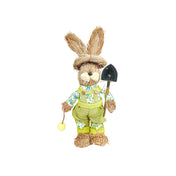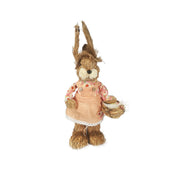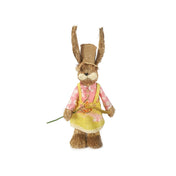Scented Candles is Fragrance is like music. It has three sets of notes to create one harmonious accord, and each note may contain a symphony of scents. Fragrances are created by balancing the right combination of top, middle and base notes:
- Top notes, also called head notes, are typically 15-25% of the fragrance; these are what you smell first and they tend to evaporate quicker than the other notes.
- Middle notes, also called heart notes, are typically 30-40% of the fragrance and make up the body of the fragrance; they are what you smell after the top notes have faded.
- Base notes give a fragrance its “staying power” and are typically 40-55% of the fragrance. Without base notes, the fragrance would evaporate quickly and wouldn’t provide ample scent throw.
Scented Candles smelling tips:
- When sampling candles and other fragrant products. Take 3 consecutive whiffs to allow your nose to completely work through all the fragrance notes. You may not initially smell some of the middle or base notes until the top notes evaporate.
- Fragrances may blend together after a while. Making it difficult to distinguish one from another or even really smell the next one. Avoid olfactory fatigue: sniff coffee beans, smell your arm, clothes or something else between fragrances to give your nose a break and cleanse your nasal palate.
- Everybody smells things differently. Someone may not like your favorite fragrance, and vice versa, but that doesn’t make any fragrance bad or wrong; it just means it’s not that person’s cup of tea, which is okay. And it’s okay that you like it too.

SCENTED CANDLES
Scent "throw” refers to the release of fragrance from a candle: the “cold throw” is the scent released when a candle is unlit at room temperature, the “hot throw” is the scent released when the candle is burning.
When making candles: the wax is melted to a specific temperature, the fragrance is added to the wax, the wax and fragrance are blended together, and the mixture is set to cool down to a specific “pour” temperature before pouring the candle.
Another factor in candle making that affects the scent is the temperature at which the fragrance oil is blended with the melted wax, which can differ from fragrance to fragrance. If you add the fragrance oil at too high a temperature, it’ll “burnoff;” however, you want to make sure the wax temperature is hot enough for the fragrance oil to properly bond with the wax. If the temperature is too low, the fragrance will not bond properly.
Because soy wax is softer than paraffin wax, it bonds better with fragrance oils which means you’ll smell fragrance from the first burn to the last burn. The molecules of paraffin are so strong and difficult to break apart that the fragrance oil may not get distributed throughout the wax, which leads the scent to burn out on some paraffin candles. Not all fragrance oils are rated to work well with all types of wax, so it’s important to mix the right fragrance with the right wax.
FRAGRANCE OILS
Fragrance oils are formulated from many aromatic ingredients derived from nature and created by scientific methods. Natural ingredients include essential oils, resins and absolutes. Although synthetic ingredients are man-made, they are also found in nature and reproduced synthetically using scientific techniques.
Not all fragrance oils are created equal. Candle making suppliers offer a wide variety fragrance oils; however, fragrance oils from suppliers are often formulated for bath & body use. The IFRA (International Fragrance Association) and RIFM (Research Institute for Fragrance Materials) regulate standards for safety, purity and the maximum amount of fragrance oil that’s safe to use in products like soaps and cosmetics, which is much less concentrated than what you can put in candles.
ESSENTIAL OILS
The alternative to fragrance oil is essential oils. Essential oils are distilled down from the oil of the plant from which they were extracted. Although essential oils are natural and may provide therapeutic benefits, there are several drawbacks to using them in candles:
- Many essential oils loses their therapeutic benefits when they are burned in a candle.
- Essential oils are typically much more expensive than fragrance oils and prices can fluctuate based on weather, crops and the trade relationships between countries.
- While essential oils may provide a good cold throw, they provide very little scent when you burn them in a candle. It takes a lot more essential oil to try and achieve the strength of scent from a fragrance oil, which is also cost prohibitive.
- Essential oils do not offer the variety of scents that fragrance oils provide; for example, you cannot get an Apple Ginger Crust or a Pumpkin Apple Butter essential oil.
- Essential oils can cause just as many allergic reactions as fragrance oils (perhaps even more); in fact, majority of the 26 known allergens on the EU list are from natural sources (16 are essential oil constituents and two are absolutes).
- Some essential oils can be toxic to pets, whether taken internally, applied to the skin or simply inhaled.










